
Network Diagram for a Small business
My colleagues, Nathaneal Leonard, Cheyenne Paumen, and I were tasked with creating a redundancy-based network for a small business of 25 devices. Listed below are the objectives and requirements for this project.
Objectives
- Design a network infrastructure that accommodates a minimum of 25 devices for a small business and can be easily scaled up for future growth.
- Ensure redundancy in the network infrastructure to minimize downtime and maximize uptime.
- Ensure the network infrastructure is secure and protected from external threats.
- Provide high-speed internet connectivity to support the business operations.
Lorem ipsum dolor sit amet, consectetur adipiscing elit, sed do eiusmod tempor incididunt ut labore et dolore magna aliqua.
Requirements
The network should include the following:
- A diagram that includes computers, printers, laptops, IP phones, WAP, fax machines, and other devices.
- At least two different internet service providers.
- A firewall to protect against external threats.
- A VPN to provide secure remote access.

Design
To ensure redundancy and minimize downtime, the network is set up to accommodate two offices with various switches. In the event of a switch failure, this design ensures that the other office remains operational without interruption. This redundancy also ensures that critical business operations are not disrupted, which is crucial for any small business.
Overall, the network design takes into consideration the current needs of the business as well as the potential for future growth. With the ability to scale up as the business expands, this network design provides a solid foundation that can support the business's operations for years to come.
Internet Service Provider
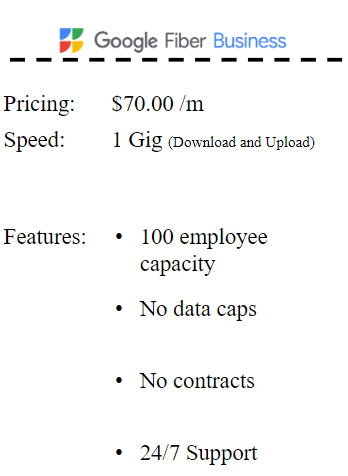
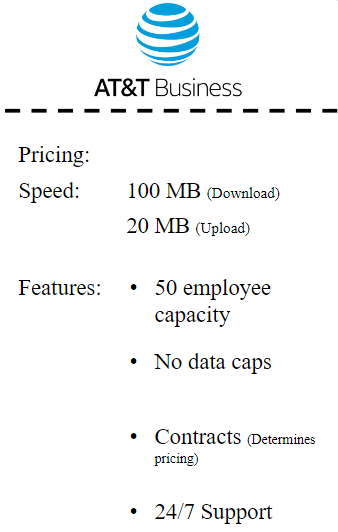
In order to make sure that our small business has a reliable network infrastructure, we need to design it with redundancy in mind. This means having a backup plan in case something goes wrong with our primary internet provider. To achieve this, we have decided to have two different internet service providers available to us. Google Fiber will be our primary provider because it offers faster internet speeds, which will help us with our day-to-day operations.
Our secondary provider is AT&T Fiber, which will only be used as a backup in case our primary provider goes down. We don't plan on using it for an extended period of time, so we won't have to pay for the best download speeds available all the time.
Hardware - Router & Switch
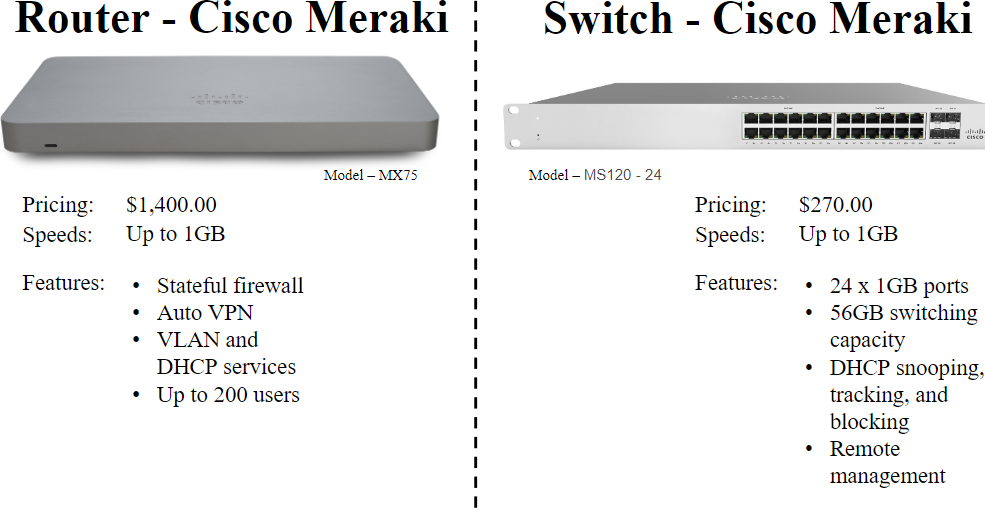
Here you can see we’ve decided to go with a Cisco router and switch. We only need to accommodate 25 users (but with plans for expansion) we have acquired a router that can be used by up to 200 users. The Cisco Meraki switch has 24 ports. Since we have 3 of them available at the moment we can easily accommodate our current staffing needs.
Firewall and VPN - Router Integration
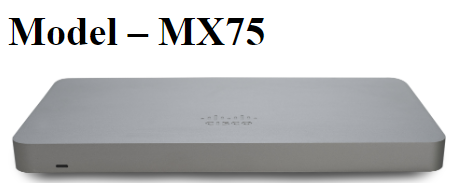
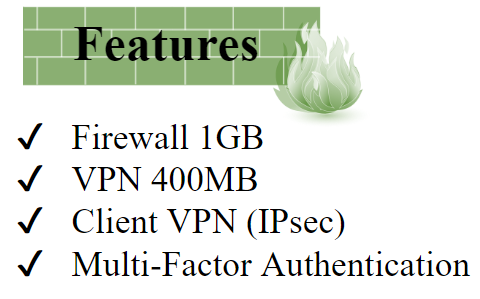
To ensure the safety and security of our network, we've made sure to include a firewall in our infrastructure. Our choice of the Cisco MX75 Router with an integrated firewall was deliberate, as it has a user-friendly interface that allows for easy navigation. We also considered the fact that this device can work seamlessly with other Cisco devices, making it easier for our IT team to manage the network. Additionally, the VPN we selected can be set up quickly, taking less than 10 minutes to configure. We've done our research, and the manufacturer's website provides specifications and customer reviews that confirm this VPN is an ideal fit for small businesses like ours.
Server - Lenovo Thinksystem
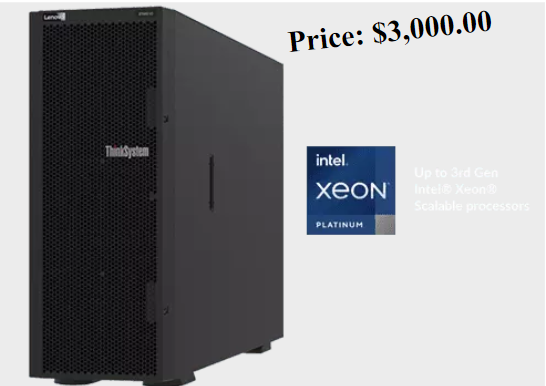
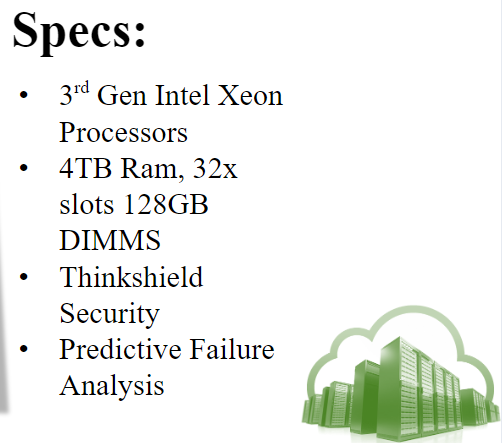
When it comes to the server, we decided to go with the Lenovo ST650 V2 Tower Server. This server is ideal for small businesses like ours, as it can accommodate a large amount of data and has a high processing speed. With support for up to 16 NVMe drives, it can store large amounts of data and provide quick access to it. Additionally, its processing power is offloaded to the GPU, which maximizes its computing power and application performance. With 4TB of RAM, it can easily handle the workload we intend to use it for.
The server also features 3rd Gen Intel Xeon processors, which are designed for high performance and reliability. They provide the computing power needed to handle multiple users and applications simultaneously. This is especially important for our business, as we have a growing number of employees who will need access to the server.
Overall, the Lenovo ST650 V2 Tower Server is an excellent choice for our business. It provides the storage, processing power, and reliability we need to run our operations smoothly.
WAP - Cisco Small business
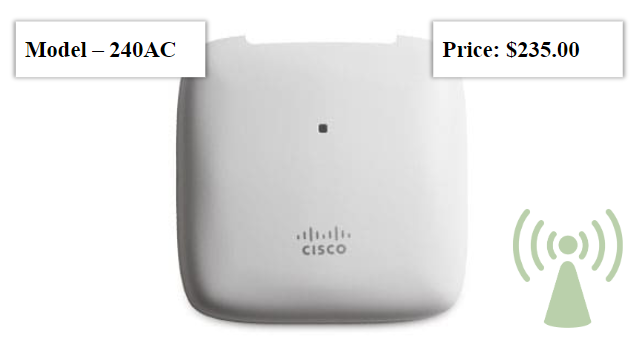
Specs:
- Memory - 1GB MB DRAM
- 400 clients per access point
- 5GHZ, 2.5GHZ connection
- DFS
This wireless access point is an excellent choice for our small business needs. With its high capacity, it can easily accommodate all of our current devices, with room for growth in the future. The 802.11ac wave 2 features will provide us with faster wireless speeds, making it easier to work with large files and stream high-quality video. The DFS (Dynamic Frequency Selection) feature will help to reduce interference from other wireless networks in the area. With its internal antenna, it will be easy to install and manage, and with the included security features, we can be confident in its ability to protect our network.
Office Computers - Desktop & Laptop
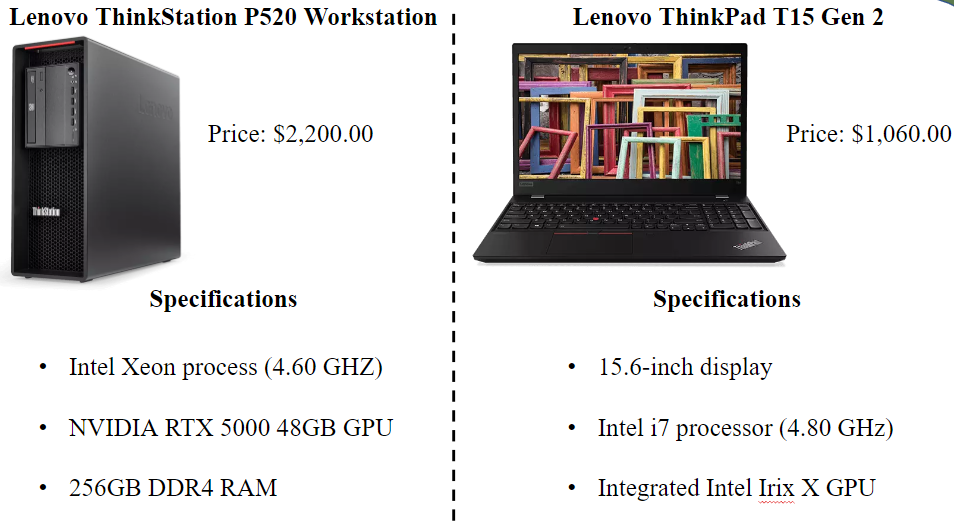
The Lenovo Thinkstation P520 Workstation is a powerful desktop computer that is ideal for demanding workloads. It comes with an Intel Xeon processor, 32GB RAM and a high-performance NVIDIA graphics card, making it perfect for running resource-intensive applications such as video editing software or 3D modeling programs. It also has multiple USB and Thunderbolt ports, allowing for easy connectivity to other peripherals.
The Lenovo ThinkPad T15 is a lightweight and portable laptop that is perfect for on-the-go productivity. It has a 10th generation Intel Core processor, 16GB RAM and a 512GB solid state drive for fast and efficient performance. It also comes with a range of security features such as a fingerprint reader and a privacy shutter for the webcam.
Both devices are designed to work seamlessly within the Lenovo ecosystem, allowing for easy integration into the network infrastructure. With the high-speed internet connectivity provided by the network, staff members can work efficiently and collaboratively, regardless of their location. The VPN also ensures that remote workers can securely access the network and company resources.
Printers & Fax Machines

The Epson Workforce Pro WF-5290 and WF-6590 are both highly reliable printers with fast printing speeds and low cost of operation, making them an excellent choice for a small business network. They also offer a range of security features to protect against unauthorized access and data breaches, including user authentication and secure printing. Additionally, their ability to print in high volume and handle a variety of paper sizes and types makes them versatile and efficient for the demands of a small business.
IP Phones - Cisco
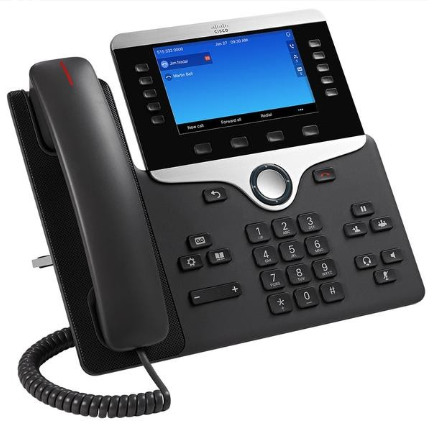
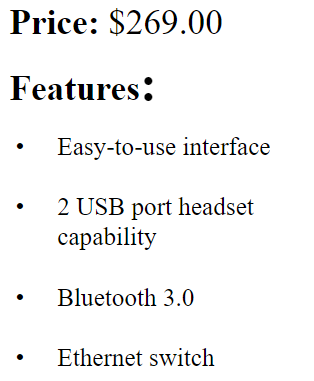
The Cisco IP Phone 8861 is an excellent choice for our small business network as it offers advanced VoIP communication capabilities that are highly secure and easy to use. With its integrated Bluetooth, USB, and wired headset options, it provides a variety of choices for communication. It also has a widescreen color display that enhances the user experience. The ability to integrate personal mobile devices with the phone using Cisco Intelligent Proximity for Mobile Voice is a great feature that adds flexibility to the system. Overall, the IP Phone 8861 is a reliable and efficient addition to our network infrastructure.
Conclusion
In conclusion, our network infrastructure design for a small business met all the stated objectives and requirements.
We designed a network infrastructure that accommodates a minimum of 25 devices that can easily scale up for future growth, ensured redundancy in the network infrastructure to minimize downtime and maximize uptime, provided a secure network infrastructure that protects against external threats, and provided high-speed internet connectivity to support business operations. We included a diagram that includes computers, printers, laptops, IP phones, WAP, fax machines, and other devices, at least two different internet service providers, a firewall to protect against external threats, and a VPN to provide secure remote access. Through our research and analysis, we have learned the importance of designing a secure, scalable, and reliable network infrastructure that can adapt to the changing needs of a small business. We have also learned the significance of redundancy and the use of multiple internet service providers in minimizing downtime and maximizing uptime. With this network infrastructure design, we are confident that the small business will have a solid foundation to support their operations and future growth.
0 Comments Add a Comment?